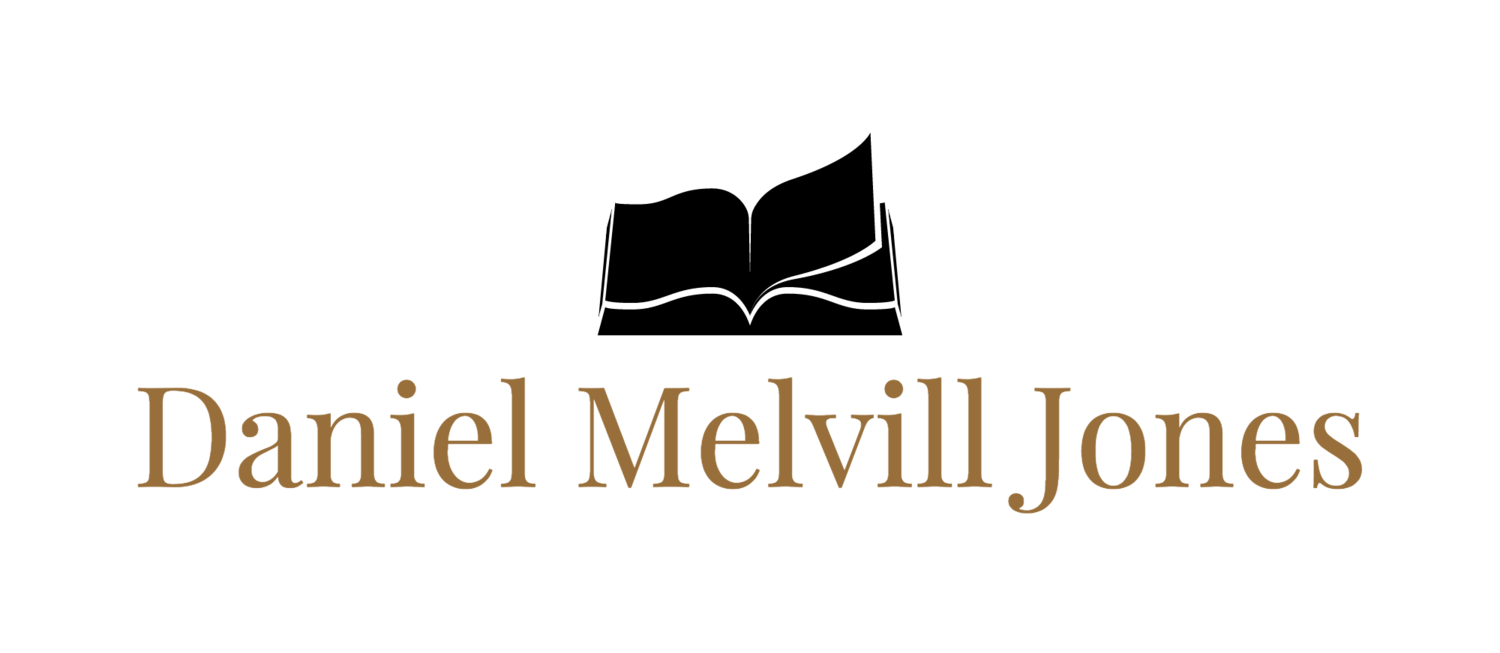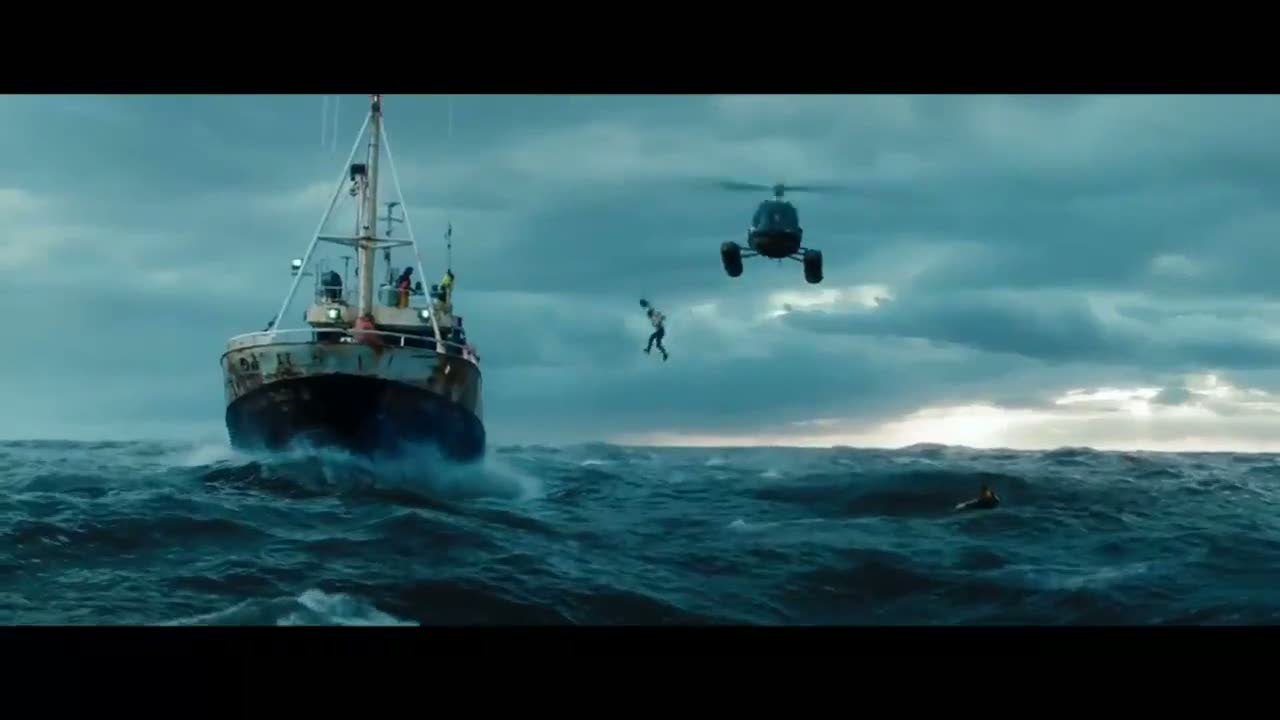This review was originally written in June 2014. The images are from the film and are not my own.
Genre films can be so boring. Superheros, bumps in the dark, cowboys pointing guns, they have become so much of a template that Hollywood can spit them out with more fanfare and twice as much sticky ooze as EasyBake cooking projects from my childhood. As result, moviegoers looking for visual creativity and thematic interest have learned to look elsewhere.
But now and then we come across a creative visionary who takes this cookie cutter predictability and turns it into a challenge. In such a chef’s hands a genre film, by very nature of its familiarity, can be used to say interesting things in interesting ways. Enter indie film darling Gareth Edwards. Entrusted with a Hollywood budget, we have a Godzilla to take note of.
There is a creativity in this film that was unexpected. It contains a storyline that includes all of the major points (MONSTER FIGHTS! NUCLEAR SECRETS! CITIES DESTROYED!) but it had me guessing how he would get us there for the majority of its duration.
But even more appreciated was the way the camera introduces us to its world. There is repeated theme of windows and reflections - characters observing tragedy through a literal window, a window like frame accenting other scenes, and the window of a television used to provide a new angle on the action. But the camera is also aware of the vast space of this canvas and uses this space to full effect. A chameleon crawls on the jungle floor, a foreshadower of a much larger scaly creature. The camera pans beachgoers on vacation before it leads our eye to to the destruction in the distance hills.
These clever entries lead us directly to the “holy sh*t!” moments of scale and terror, making such moments all the more memorable. Equally impressive is the colour language at work (the Dante like scene of the paratroopers descending into the dust and ruin being a favourite).
In addition to being creatively realized, this movie also uses the familiar themes of a monster film to explore serious questions on man’s seeming power to control things. Their is a careful balance at work. Military power is shown to be necessary and important and yet futile in the face of such higher powers, much like the way such power is depicted in the Old Testament.
The portrayal of Godzilla is of a great being to be feared, that leaves your city in tatters but, more importantly, alive, that conquers enemies at great cost to himself, leaving you humbled with the knowledge that, with such a creature alive the deep, your are never quite safe, never quite in control. It’s a biblical image that is rare to find in the blockbuster. There is a sacrifice and a brutality woven into the nature of universe.
It’s a shame that the human characters are so flat compared to such crackling brilliance. If we had something to latch onto in them this would of been a blockbuster for our generation.









